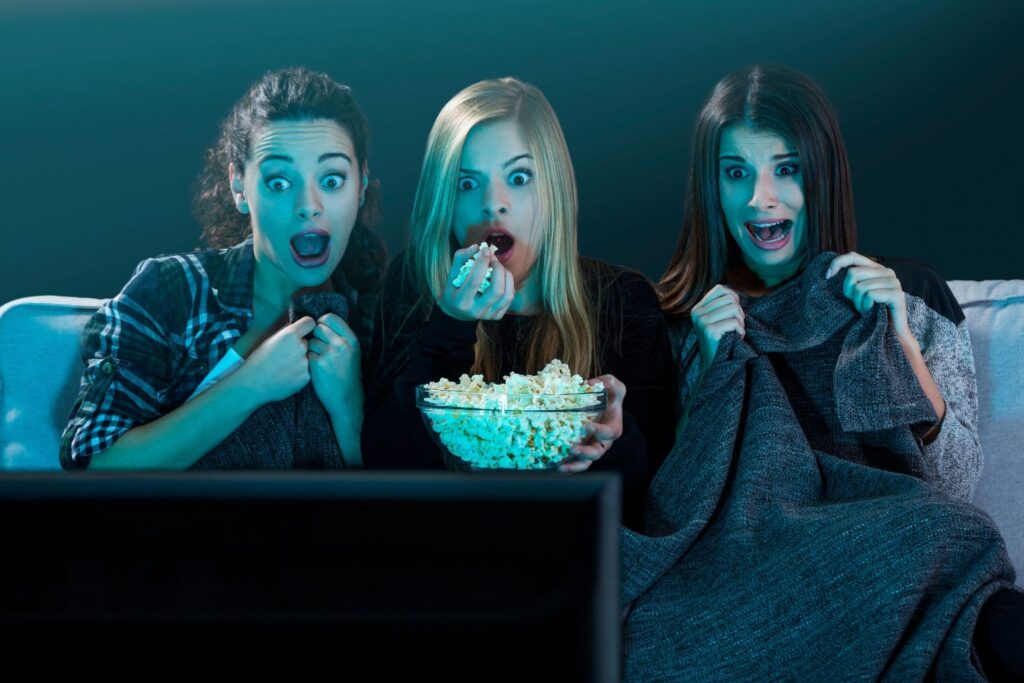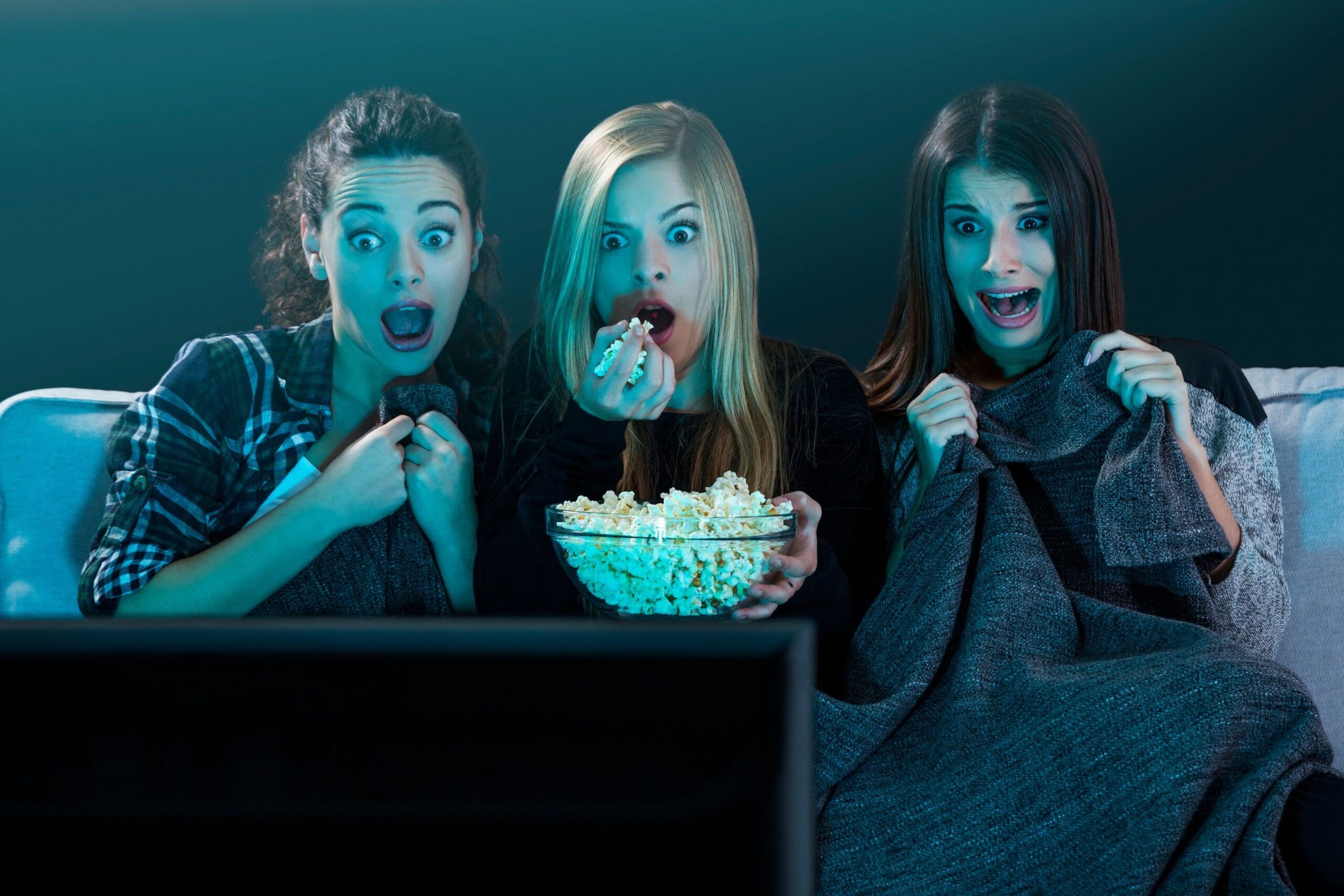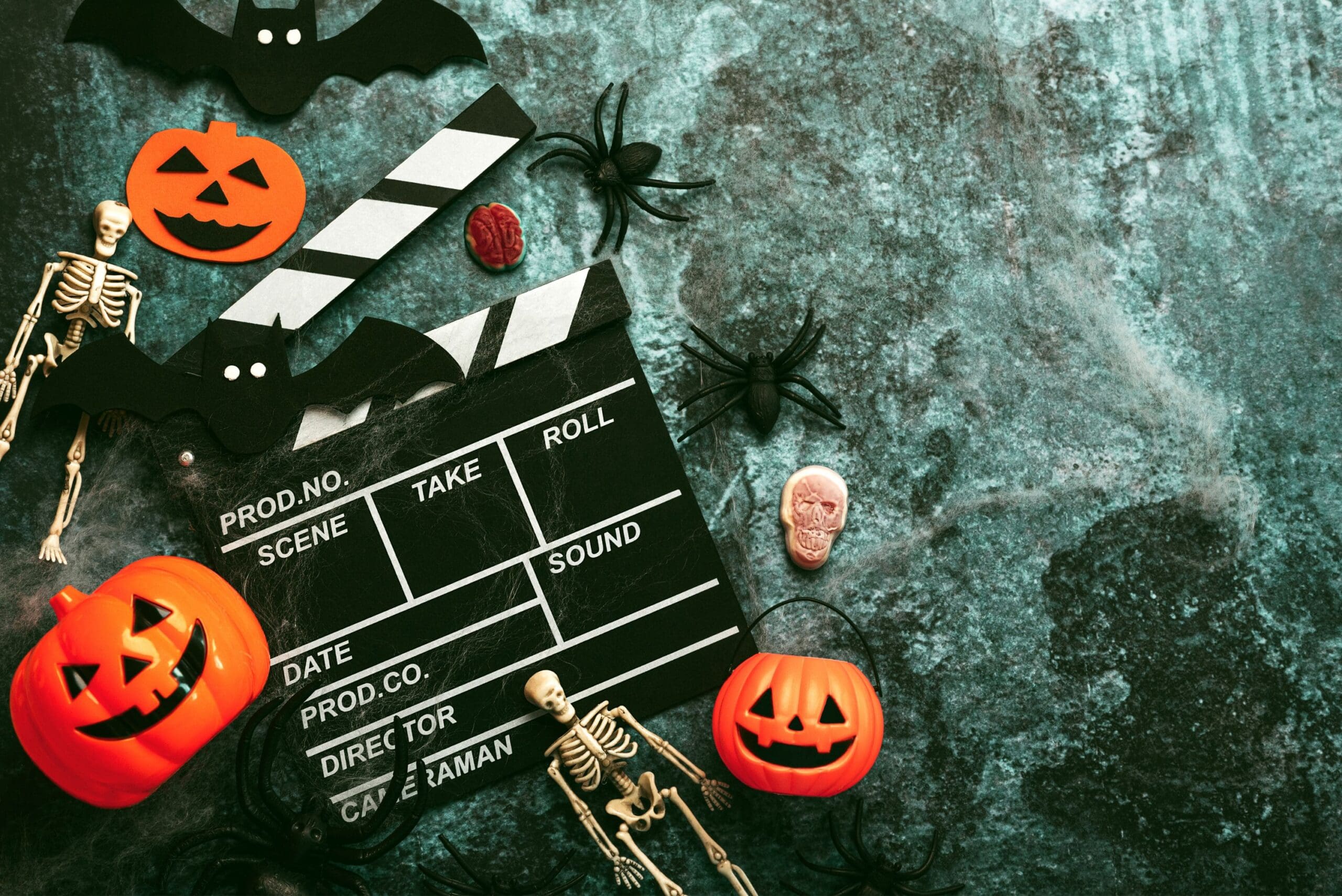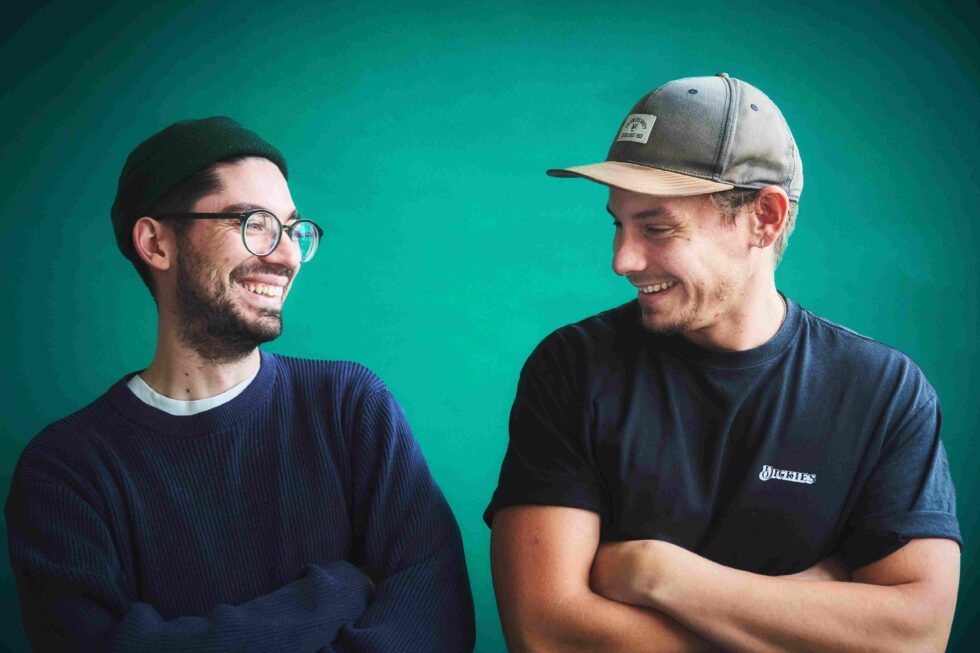Creating short scary films is a fun way to captivate audiences using intense, bite-sized horror. Unlike feature-length films, a horror short needs to quickly create fear and suspense, all while keeping the audience gripped on the edge of their seats.
In this blog, we’ll explore essential tips for making an unforgettable horror short film, from creating a simple yet terrifying concept to mastering sound design, practical effects, and some classic tension-building techniques. Whether you’re an aspiring filmmaker or a horror enthusiast, these tips will help you to bring your scariest visions to life!
What is a short film?
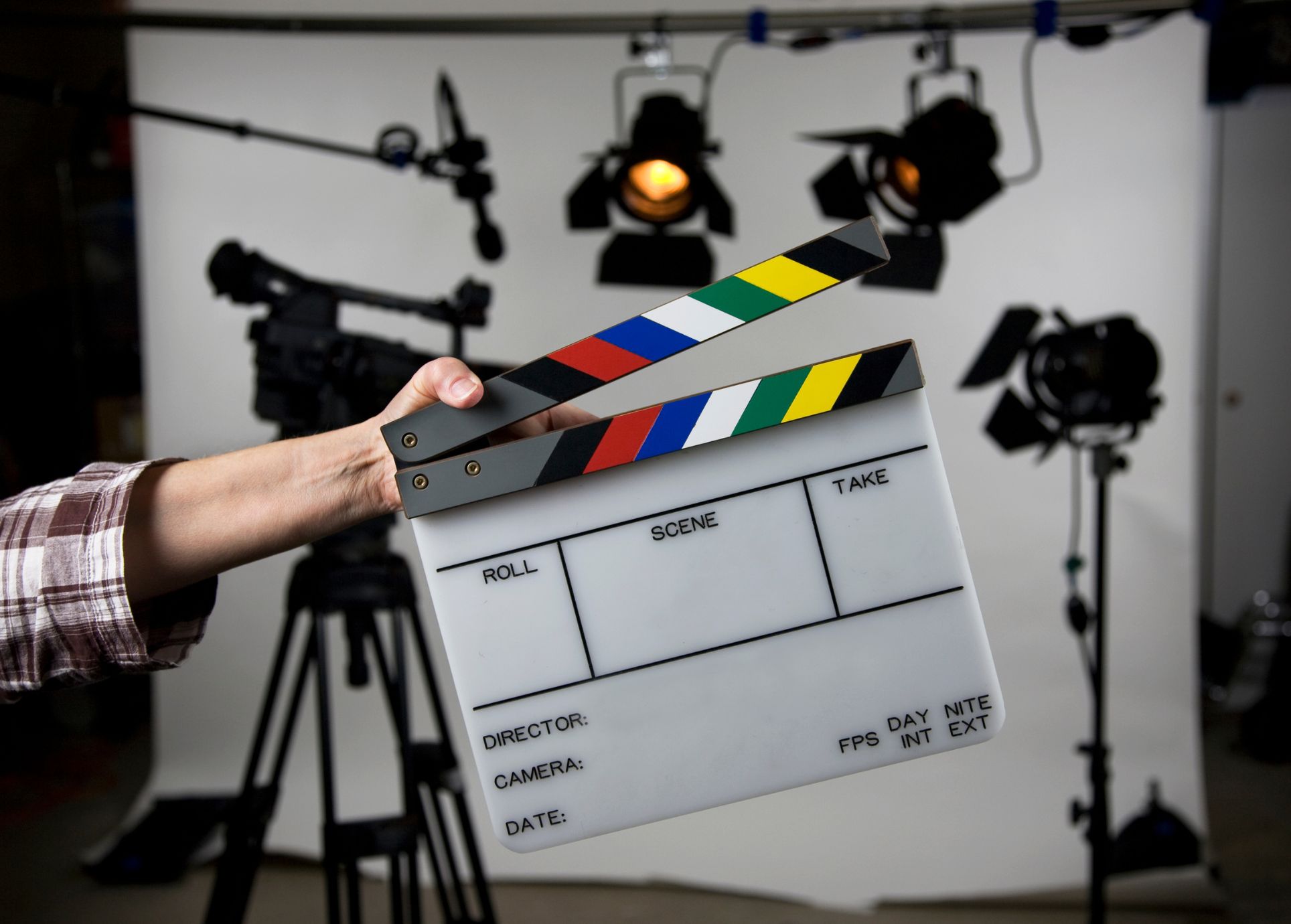
A short film is a motion picture with a shorter duration than a typical feature-length film, usually between 2 to 40 minutes. Short films can tell concise, focused stories or explore single concepts. They can also cover any genre, from comedy to horror to documentary.
What filming techniques are used in horror films?
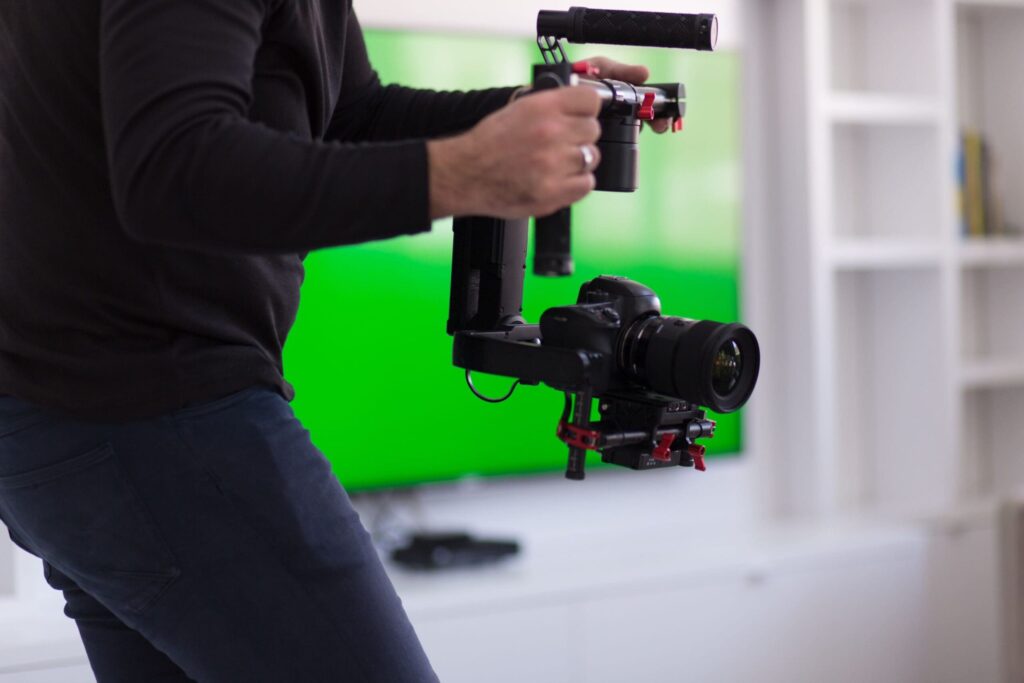
Horror films rely on specific filming techniques to build tension, fear, and a tense atmosphere. Here are five of the most commonly used techniques by filmmakers:
1) Low-Key Lighting
This technique uses high contrast, with deep shadows and minimal lighting to create a mysterious atmosphere. By obscuring details and leaving parts of the frame in darkness, suspense builds and so does the audience’s fear of the unknown.
2) Dutch Angles (Tilted Camera)
This is when the camera is tilted to create an off-balance and unsettling perspective. It visually disturbs the viewer by suggesting that something is wrong in the scene and is often used in moments of tension.
3) Long Takes and Slow Pans
These are long, continuous shots or slow pans across a scene to increase the anticipation and tension. Doing this builds suspense by making the audience wait for the horror to reveal itself while increasing anxiety.
4) Point-of-view (POV) Shots
The camera takes on the perspective of a character letting the audience see through their eyes. This technique places the audience directly in the character’s shoes, making the experience more personal.
5) Quick Cuts and Fast Editing
These are rapid, jarring cuts between scenes to create a sense of chaos and panic. Fast editing disorients the audience and makes them feel overwhelmed, amplifying feelings of fear.
How to write a short horror film?
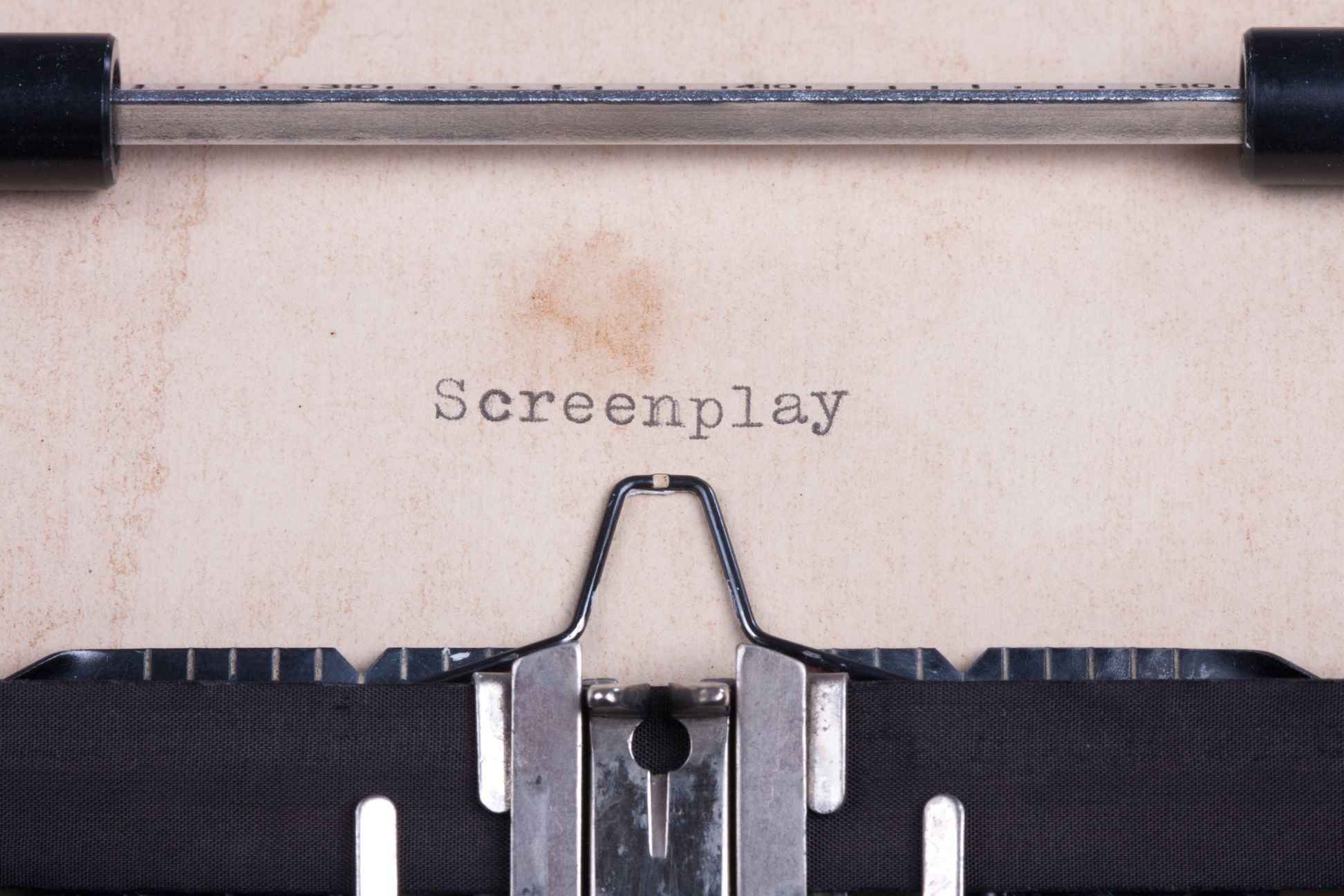
Start with a clear, simple and scary concept. This allows you to focus on building tension and atmosphere without needing too much backstory or explanation. Horror thrives on primal fears like darkness, isolation, and the unknown. For example, a creepy phone call from an unknown number.
Next, use pacing, sound, and visuals to slowly build suspense before the scare. The build up makes the scare much more impactful, so don’t rush straight into it! Allow the tension to simmer and build. Try using long takes and slow pans to increase the sense of unease. Sound is often more important than what’s on screen, using sound effects, eerie music, or even silence increases fear.
Horror relies heavily on atmosphere so think about your setting, lighting, and sound design. Having a creepy setting can do half the work as it immerses the audience making them feel vulnerable. Think about using dim lighting to create dark shadows.
Practical effects when done well, can be more effective than CGI, especially on a tight budget. The tangible, physical presence of something ominous will feel more real to the viewer. For example, The Blair Witch Project (1999) never shows a ghost, only implies it.
Subvert the audience’s expectations, instead of using a predictable jump scare, delay it or avoid it altogether to keep viewers on edge. These days audiences are savvy to typical horror tropes, so playing with their expectations will also increase fear.
The ending of your short film should leave a lasting impact, whether it’s a shocking twist or a lingering, creepy moment. A strong final scare or unsettling cliffhanger will stay with the audience long after the film ends.
For more tips and guidance, check out our guide on How To Make A Short Film.
What are the best horror short films?
If you’re after some scary film ideas, why not check out this list? These short horror films have made a significant impact in the genre, showing that you don’t need a full-length feature film to create a terrifying story:
1) Lights Out (2013) – David F. Sandberg
This film plays on the primal fear of darkness and uses minimalistic but highly effective visual scares. Its simplicity and timing made it so successful that it was later turned into a full-length feature film.
2) The Smiling Man (2015) – A.J. Briones
This film uses a creepy, distorted figure to unnerve the viewer, relying heavily on physical performance and tension-building instead of dialogue. The slow pacing and creepy atmosphere add to its terrifying effect.
3) Mama (2008) – Andy Muschietti and Barbara Muschietti
The haunting atmosphere and suspenseful pacing made it a standout, eventually inspiring the feature film Mama (2013) by Guillermo del Toro.
4) The Jigsaw (2014) – Basil Al-Safar and Rashad Al-Safar
With a clever premise and a chilling atmosphere, this film plays with the idea of cursed objects, giving viewers a tense and creepy experience in under 10 minutes.
5) Bedfellows (2008) – Drew Daywalt
A perfect example of how horror can be distilled into just a few minutes, the film builds tension quickly and delivers a shocking twist leaving a lasting impression.
Where can I study film?
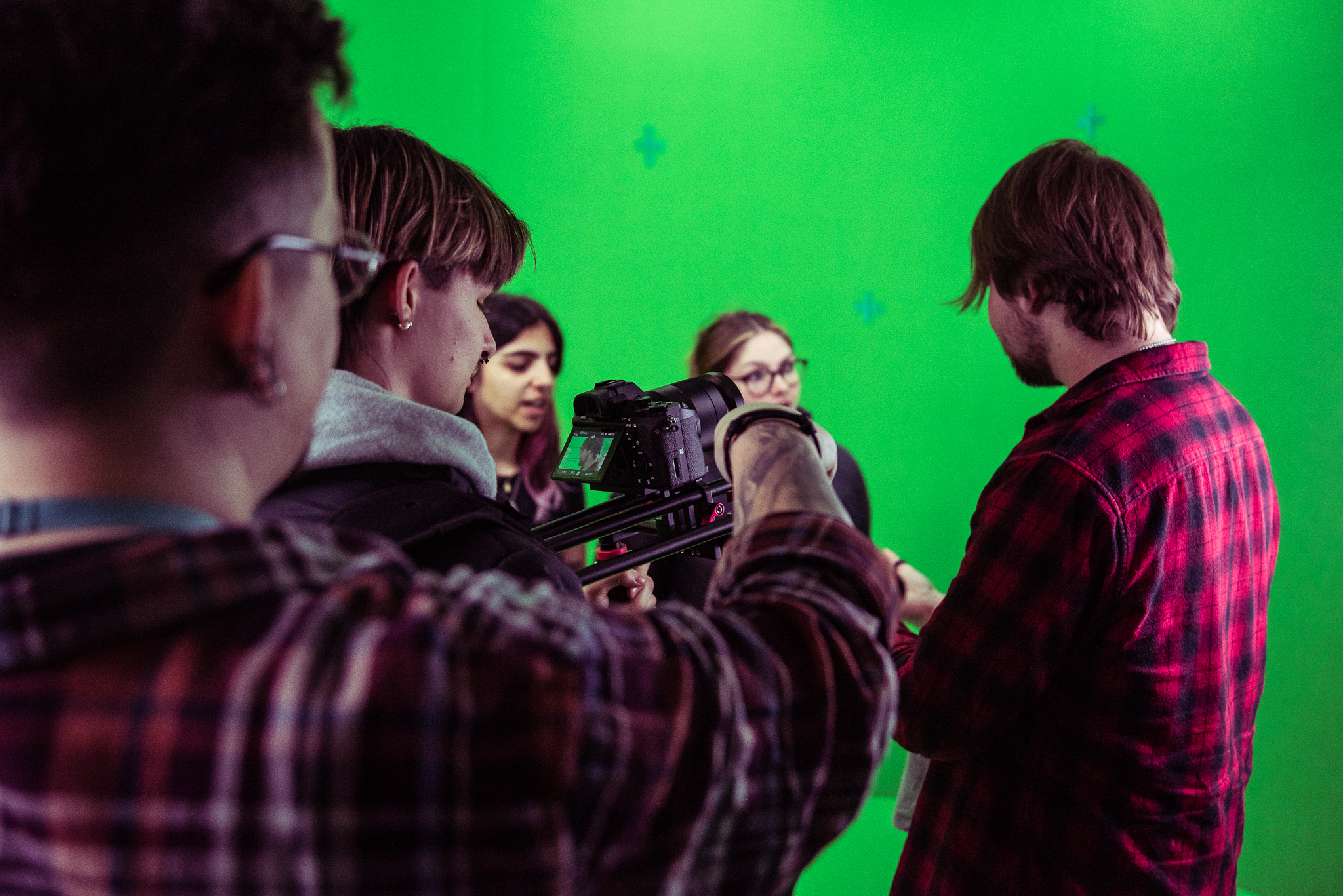
If you fancy creating your own horror short film, why not start your journey at Access Creative College! Our Level 3 Film, Videography and Photography course focuses on essential skills like pre-production planning, production techniques, and post-production processes. We cater to students who have a passion for creating visual content and we provide a hands-on learning experience using industry-standard tools.
As well as our strong industry connections, our students can benefit from practical workshops, collaborations, and even work placements, which is crucial for building a professional portfolio.
Whether you’re an aspiring Director, Editor, Sound Technician, or Photographer, ACC is the perfect place to start – apply now!


